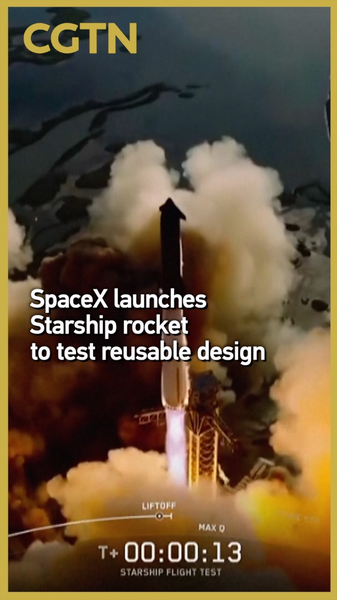At its sprawling Starbase launch site near Brownsville, Texas, SpaceX lit the fuse on its 11th Starship mission, a high-stakes experiment in full-rocket reusability. From the ground, the gleaming stainless-steel prototype soared into the sky, carrying hopes of shaking up the economics of space travel.
After powering through a brief climb, the booster stage peeled away and guided itself back to Earth, descending gracefully before touching down (or, in this case, splashing down) in the Gulf of Mexico. The controlled splashdown is more than a spectacle—it’s a real-world test of hardware designed to fly again, rather than be discarded.
Since the first Starship stacked launch, SpaceX has learned from each attempt, iterating on heat shields, guidance systems and landing techniques. This 11th flight builds on that feedback loop, inching closer to the holy grail of rapid turnaround launches at just a fraction of the current cost.
Why it matters: Achieving a fully reusable rocket would democratize access to orbit. Think cheaper broadband satellites, more frequent scientific missions and, eventually, crewed flights to the moon and Mars. For young entrepreneurs, tech enthusiasts and aspiring astronauts, these tests translate into a future where space isn’t a final frontier, but a playground.
Next up, SpaceX plans to focus on orbital launches and precise, dry landings for its boosters. If successful, the Starship system could rewrite the rulebook on how humanity explores—and perhaps even settles—the cosmos.
Reference(s):
cgtn.com




